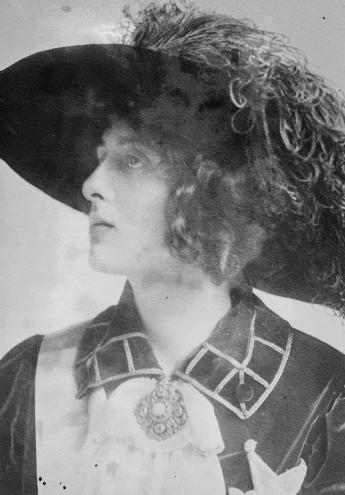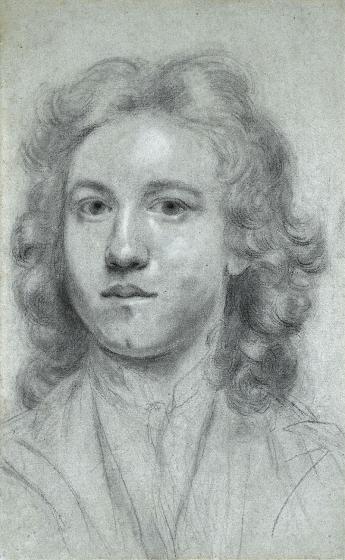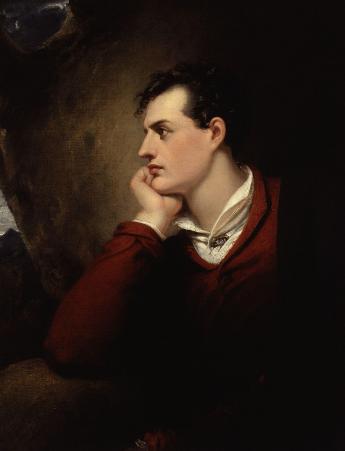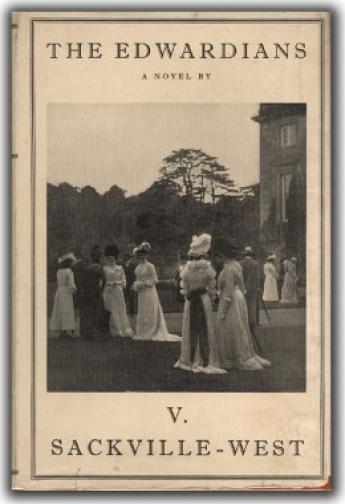Antiquarian Booksellers' Association Adrian Harrington Rare Books
Life in Courts: Ten Reasons to Visit Vita Sackville-Westâs Childhood Home

By James Murray
This is the first in a series of profiles of places of literary and historic interest within easy reach of our new home in Tunbridge Wells. Nestled in the heart of Sevenoaks, a couple of stops on the Hastings line closer to London, Knole is Britain’s largest private residence, and the architectural legacy of an Elizabethan courtier who wrote blank verse before Shakespeare.
Vita Sackville-West may never have quite made it into the premier league of English writers, but her love affair with Virginia Woolf did lead to the composition of the Bloomsbury novelist’s most accessible and influential novel, Orlando. Woolf was enchanted not only by Vita’s vital charisma, but also by the sprawling Elizabethan palace which remained an intrinsic part of her, even when she no longer lived there. Over the course of the novel the house and the character Orlando evolve together, at times parting, but ultimately meeting again just as intimately as they had at the very beginning. It is indeed ‘the longest and most charming love-letter in literature.’ (Portrait of a Marriage, p. 201). More importantly, however, her son Nigel recognised that ‘the novel identified her with Knole for ever.’ (Portrait of a Marriage, p. 206). The house’s vast rambling romance inspired Vita as a child to write about her swash-buckling ancestors, particularly the Quixotic Cavalier Edward Sackville and his infamous duel with Lord Bruce at Bergen-op-Zoom, the Netherlands, in 1613. (Knole and the Sackvilles, p. 84).
Surprisingly, Vita was not the first Sackville to make a contribution to English literature, and neither is she the chief literary figure associated with the house. Here are ten reasons why Knole should be regarded as a Mecca for Bloomsbury fans in London and the South East.
1. Archbishop’s Palace and Site of Heresy Trials.
For those interested in the Reformation, the heart of Knole was originally built as a palace by Archbishop Thomas Bourchier from the 1450’s. Under William Wareham, it was also the site of a number of Heresy trials during the later Lollard period.
2. Thomas Sackville: Architectural Patron and Sometime-Poet.
The man who made Knole House largely what it remains to this day was Queen Elizabeth I’s Treasurer, Thomas Sackville, 1st Earl of Dorset. As a much younger man, having studied law at the Inner Temple in London, Thomas wrote the first two acts of Gorbuduc, the first English Tragedy to be written in blank verse, and performed before the Queen in 1562. (Inheritance, p. 7). Although he had permanently laid his pen aside by the time he was thirty in order to concentrate on statecraft and politics, Thomas’ creative side saw a final dramatic flourishing at the end of his career, when he finally gained possession of the house he had coveted for decades. Between 1604 and 1607 he transformed Knole from a dusty old rented Archbishop’s Palace into a show-piece of Jacobean art and architecture, employing the King’s best masons, carpenters and plasterers.
3. Lady Anne Clifford.
From 1609 to 1624 Lady Anne Clifford of Westmorland directed the120 servants at Knole house, being the wife of the 3rd Earl of Dorset, Richard Sackville. She is famous for the diaries she kept between 1603 and 1616, which juxtapose the joys and woes of family life with the bitter on-going legal dispute between Anne and her uncle, who claimed her father’s lands. The dispute set almost the entire realm against her, eventually alienating even her husband, who coveted the substantial cash compensation offered in lieu of the land in 1615. First published in 1922, the letters are an enormously important window into the life and thoughts of a highly educated, accomplished and determined woman of the seventeenth century. She left the house when her husband unexpectedly died in 1624, aged just 34.
4. Royal Steward furniture.
Knole has one of the best collections of Royal Steward furniture anywhere in the world, having been taken as ‘perquisites’ by enterprising dandy Charles Sackville while Privy Councillor and Lord Chamberlain to William of Orange in the later seventeenth century.
5. John Frederick Sackville and Joshua Reynolds.
In the later 18th century John Frederick Sackville forged a close relationship with the artist Sir Joshua Reynolds, filling the house with portraits and personal commissions. Although many have since been sold, the collection remains significant, particularly the Ugolino, which documents a story found in Dante’s Divine Comedy concerning a man realising he must eat his own children to survive.
6. Early cricket associations.
Sevenoaks is home to the Vine Cricket Ground, one of the oldest cricket grounds anywhere in the country. As well as patronising Reynolds, John Frederick Sackville also found the time to play a fine game of cricket, reportedly hitting the ball aggressively like a Baseball player rather than in the modern defensive style.
7. George Sackville and Lord Byron.
John’s only son, George Sackville, was briefly eulogised by Lord Byron, having fagged for the poet at Harrow. His tragic death in a riding accident in Ireland at the age of 21 plunged the family into a dynastic crisis which rendered their estates and status much diminished by the end of the nineteenth century.
8. Lionel Sackville and ‘Pepita’.
Mirroring the scandalous relationship between John Frederick Sackville and an Italian dancer known as the Baccelli a century earlier, Lionel the second Baron Sackville had an illegitimate family with a Spanish woman, later disowning all of them except his eldest daughter Victoria. Victoria was a remarkable woman who first became the toast of society in Washington D.C., and then married her cousin, the heir to the Sackville estates and title. Her daughter Vita wrote a book all about her maternal grandmother entitled ‘Pepita’.
9. ‘The Edwardians’.
Victoria and Lionel themselves were also immortalised in Vita’s barely-fictional adventure ‘The Edwardians’, which concerns the changing world of upper-class society in the early twentieth century, and is focused on an estate unmistakably modelled on Knole.
10. Virginia Woolf and Vita: ‘Orlando.’
‘Orlando’ is the summation of Virginia and Vita’s relationship, giving Knole its best-known fictional outing. Among its many treasures, the house notably sports the original manuscript of the novel, dedicated to Vita.
***
Posted on adrianharringtonbooks. a literary miscellany. Presented here by permission of the author. Pictures: Wikipedia.
Adrian Harrington Rare Books
20-22 Chapel Place
Tunbridge Wells TN1 1YQ
UNITED KINGDOM
>> www.harringtonbooks.co.uk




